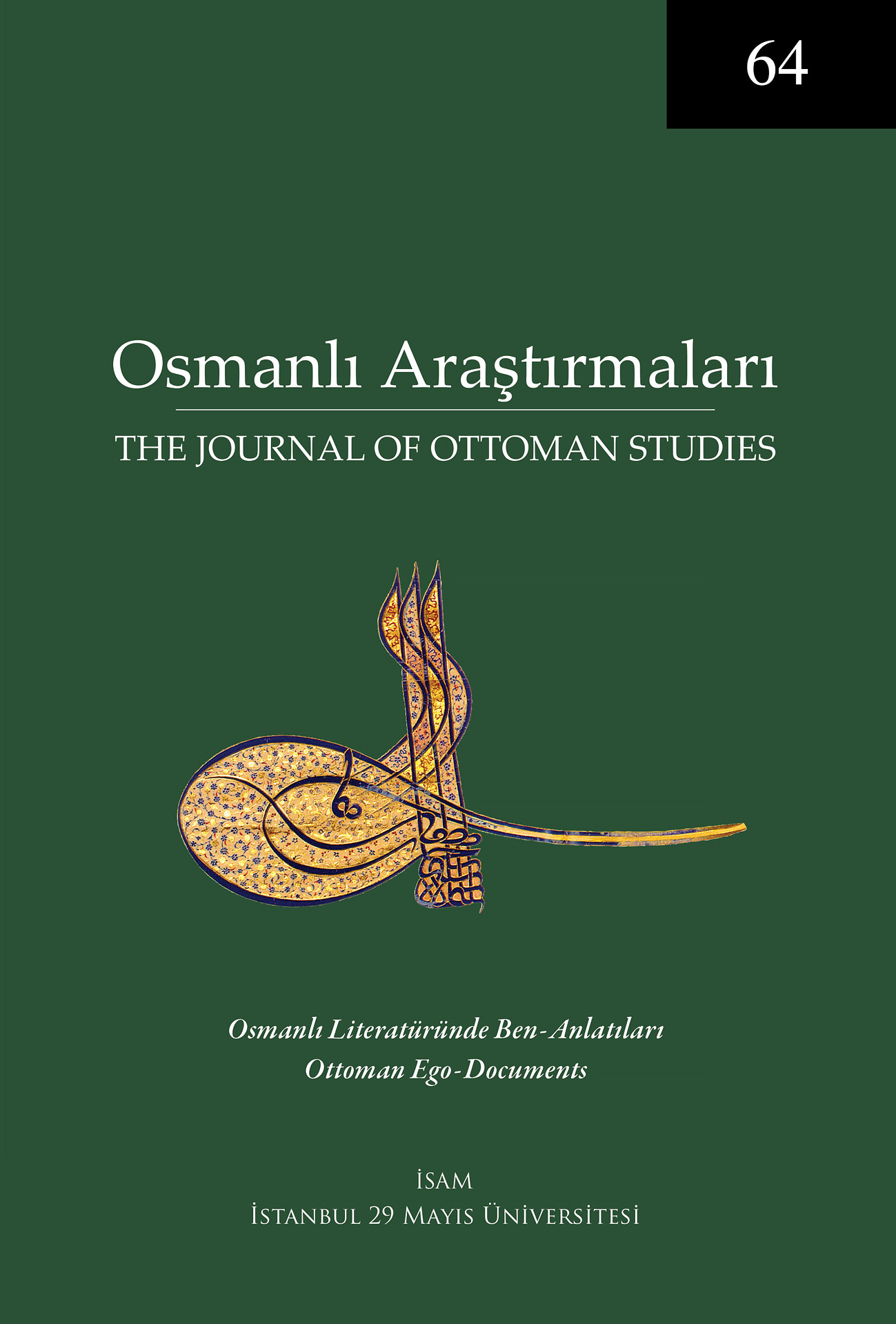The Utility of Ottoman Women’s Ego-Documents in Women’s History Studies
Keywords:
Ottoman Women, Ego-Document, Memoirs, Historiography, History of WomenAbstract
This study will examine what the memoirs and diaries of subaltern and unrepresented Ottoman-Turkish women, who had no place in historiography, will tell the historian. As Ottoman women’s narratives of the 19th and 20th centuries have not been indexed, there are many more narratives than expected. Many narratives are waiting to be revealed from manuscripts or family archives. The Tanzimat Era showed the importance of girls along with boys, thus, the state fostered laws related to education of girls. The Female Teacher School (Darulmuallimat) established in 1870 became effective in raising the literacy rate among girls. Women’s visibility increased in the public sphere through their articles in newspapers and journals, and they became popular through being poets and novel writers in 1890’s. Women who were sent abroad for education and those who studied at Arnavutköy Amerikan Kız Mektebi (Robert College) got in touch with the growing number of women’s rights advocates in Europe. Thus, the number of women’s rights advocates gradually increased. They wrote diaries and memoirs discussing their lives using the action of writing as a vehicle for their social existence. Looking at the social roots of the memoir writers indicates that they were the women in the palace or were close to those surrounding it, well-educated daughters of high-bureaucrats, teachers, poets, painters, composers, journalists and writers who had graduated from Darulmuallimat. Most of the women memoir writers knew each other. Their writing articles in newspapers, being teachers at the same schools and working in the same communities made them closer to each other. The Armistice Period of Istanbul united female writers in the purpose of saving the country from enemy invasion. Women’s narrations can take their long neglected but deserved place in historiography by tracing their narrations in the remnants.




